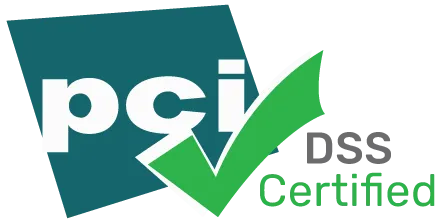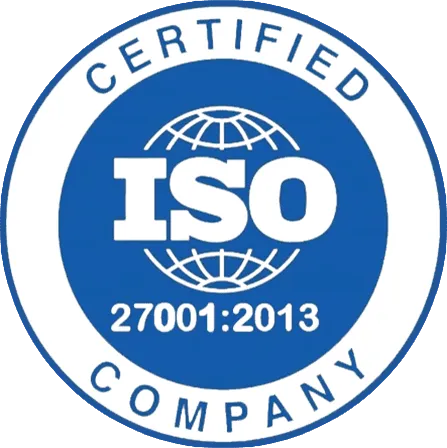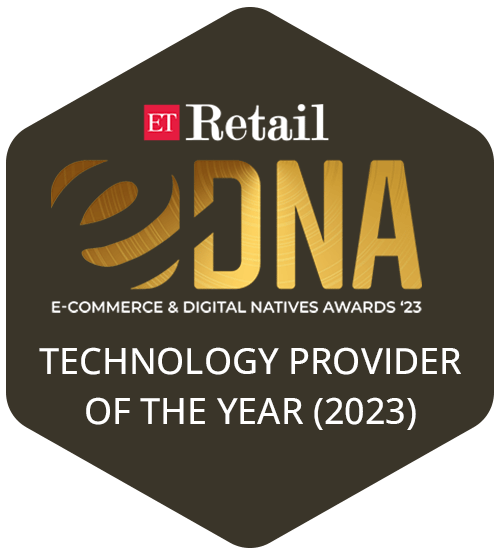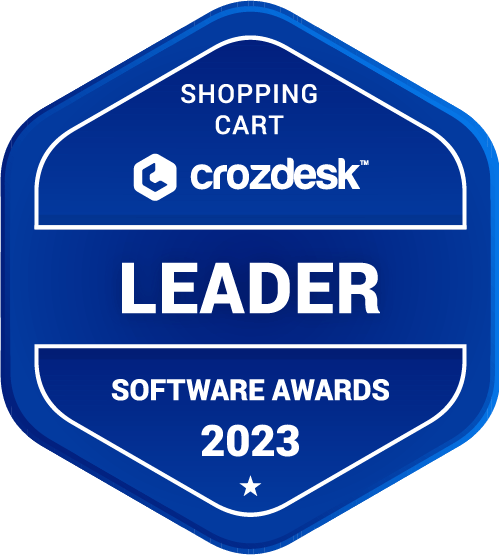What is B2C?
B2C or Business-to-consumer is a term used to define a business model where a commerce transaction takes place between a business and an individual customer or many individual customers.
Traditionally, any business that sold products or services directly to an end customer was called business to customer. For example, a beauty salon offering hair and beauty services or an apparel store selling fashion clothes. However, in modern parlance, the term B2C is more commonly used to refer to transactions between online sellers and their end customers.
B2C e-commerce or retail ecommerce is a business model where goods or services are sold by online brands/sellers to the end customers through digital channels. Ecommerce brands can sell their products or services to the customers through their ecommerce website, mobile stores, mobile apps, social commerce or any other digital sales channel.
History Of B2C Ecommerce
While some form of non-secure online commerce began as early as the 1980s in Europe, real B2C commerce as we see it today was closely intertwined with the growth of the internet. The first real online retail transaction happened on August 11, 1994, when a CD was sold online using a protected channel using encryption technology (Source: New York Times).
However, it was not until the late 1990s that ecommerce actually took off. With Amazon, eBay, PayPal and Alibaba all launching between 1995 to 1999 set up the trend of online selling and buying in a big way. Amazon crossed $1billion in business to consumer sales during the holiday season of 1998.
History Of B2C Ecommerce In India
Indians were first introduced to Business-to-consumer retailing when Rediff started online selling on its portal in 1999. In 2000, India Times Shopping and Baazee were launched. The latter allowed the users to buy and sell pre-owned goods and became an instant hit. However, Indians were reluctant to transact online.
In 2002, the government of India started e-ticketing facilities through the IRCTC Online Passenger Reservation System portal. The guarantee of government surveillance added a trust factor and Indians took to booking online tickets from anywhere, anytime. Inspired by the huge success of IRCTC, various airlines like AirDeccan, Indian Airlines, Spicejet, etc. launched their own online ticket booking systems.
Indian B2C ecommerce sales were dominated mainly by travel-related booking services until in 2007, Flipkart entered the market with deep discounts. Various other players like Myntra, Snapdeal, Jabong took the online selling game many notches higher and Amazon joined the Indian B2C Ecommerce battleground in 2013.
What is the difference between B2C Commerce and B2B Ecommerce?
In the B2B ecommerce model online business or trade happens between a business and other businesses. Whereas, in the B2C model business or trade is done between a business and its end customer(s).
For example, an online fashion portal that sells clothes to individual customers is an example of a business to consumer model. On the other hand, a wholesale clothes manufacturer who sells online clothes in bulk to other retailers works on the B2B model of ecommerce. The retailers who purchase from the wholesaler further sell the apparel to individual end customers ( another example of B2C commerce).
Some online businesses can be both B2C and B2B. For example, a travel booking portal can sell tickets/ packages to individual customers as well as other travel agents or businesses.
What Are The Benefits Of B2C Ecommerce?
Business-to-customer ecommerce has some significant benefits over a brick and mortar shop. Some of these are;
Running a business to consumer online store is less costly than setting up a brick and mortar shop. Selling online significantly reduces the cost by eliminating the need to have a physical shop and salesperson to help the customers.
Your business can be located anywhere and you can sell to customers across the globe. Even small businesses can sell anywhere in their domestic or international markets. Also, the B2C ecommerce store remains open for customers 24x7 increasing the chances of conversions.
With a host of tools to track customers’ digital footprints, B2C ecommerce gives a better understanding of customer behaviour. This helps in strategizing marketing for improved ROI.
Taking the ecommerce route helps in selling on multiple channels like online stores, mobile apps, popular marketplaces, social platforms, blog pages and more. This helps in growing the business without substantial additional efforts.
With all your business consolidated in your admin dashboard, it becomes much easier to track your business growth and make future plans. Also, automating business processes becomes much easier with ecommerce and introduces efficiencies at operational levels.
Following are the most common business-to-consumer business models:
This is the most common business model where retailers sell products or services directly to the customers. For example, an online store owner selling baby products like Firstcry or an online agency that offers babysitting services.
-
Subscription-Based Selling
This B2C model is gaining huge popularity these days as it offers subscription-based products and services to end customers. For example, digital streaming platforms like Netflix, Hotstar. Another example is online grocery and pharmacy stores that auto-fill orders based on the subscription choices of customers.
This is also a very popular B2C commerce business model where intermediaries sell products or services to end customers on behalf of some service providers. For example, Practo connects doctors and patients. Bookmyshow sells movies, events and other shows to end customers on behalf of various cinema theatres and organizers.
This is a model where people come together based on shared interests and the site allows businesses to target users of the community site. A very successful example of this type of business to consumer model is Facebook where businesses target users with their products and services.
In this B2C ecommerce model, sites offer free as well as premium content based on a certain fee. For example, Medium allows free articles up to a limit and then charges a fee for reading more content. Many publication houses, online newspapers follow this direct-to-customer selling approach.
B2C is the most popular model for selling goods and services online. With a feature-rich business-to-customer ecommerce platform, one can build a successful online business.
What is the future of B2C Ecommerce?
The global B2C ecommerce sales stood at $4.28 trillion in 2020 and are projected to reach $5.4 trillion in 2022 (Source: Statista). The retail ecommerce revenue in India is expected to grow from $18.2 billion in 2017 to $79.5 billion in 2025 (Source: Statista).
With increased smartphone usage and growing internet penetration, B2C ecommerce has gained huge popularity. Ecommerce brands in India have gone beyond major cities and now selling in tier 3, 4 towns as well. Going online has opened new markets and sales channels for SMEs as well as enterprise brands that had limited reach earlier.
StoreHippo fully-integrated ecommerce platform comes with 300+ inbuilt features to help online brands build their unique B2C ecommerce solutions. StoreHippo’s flexible and scalable ecommerce platform can build B2C ecommerce websites of any scale and size.




















































